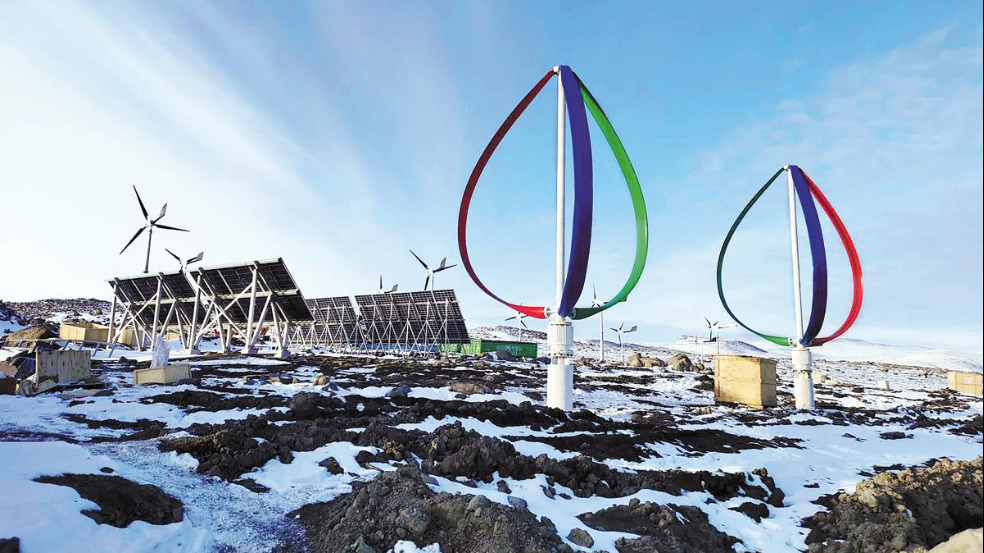Breakthrough in Polar Energy: China's Transition from Diesel to Renewable Power in Antarctica
Key Ideas
- China's Qinling station in Antarctica has achieved a milestone by operating a clean energy system tailored for extreme polar conditions.
- The system, powered by photovoltaic, wind, and hydrogen sources, replaces traditional diesel power and ensures uninterrupted zero-carbon power for research and living facilities.
- The project, led by chief scientist Sun Hongbin, signifies China's progress in green scientific exploration in polar energy and emphasizes the importance of reliability and safety in extreme conditions.
- The establishment of a digital twin laboratory by Taiyuan University of Technology simulates Antarctic conditions for research, testing, and operation, providing crucial support for the project.
China has successfully implemented a clean energy system at its Qinling station in Antarctica, marking a shift from diesel to renewable energy in extreme polar conditions. The system, utilizing photovoltaic, wind, and hydrogen power sources, ensures uninterrupted zero-carbon power for research equipment and essential living facilities. Chief scientist Sun Hongbin highlighted the project's significance in China's green scientific exploration in polar energy, emphasizing the challenges and the need for reliability and safety. The system, operational since March 1, has replaced traditional diesel power sources at the research station, providing a sustainable energy solution. The digital twin laboratory at Taiyuan University of Technology plays a crucial role by simulating Antarctic conditions for research and testing new energy devices before deployment, ensuring their reliability in extreme environments. This achievement not only showcases China's technological advancement in clean energy but also sets a new standard for sustainable power generation in Antarctica, addressing challenges posed by extreme weather conditions and technological limitations.
